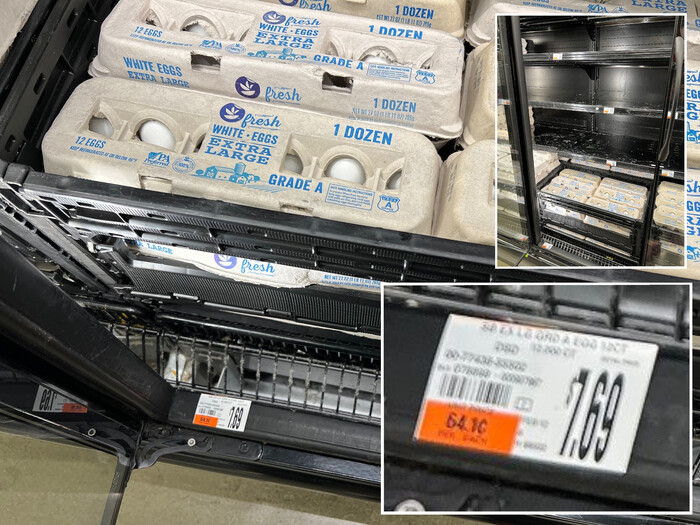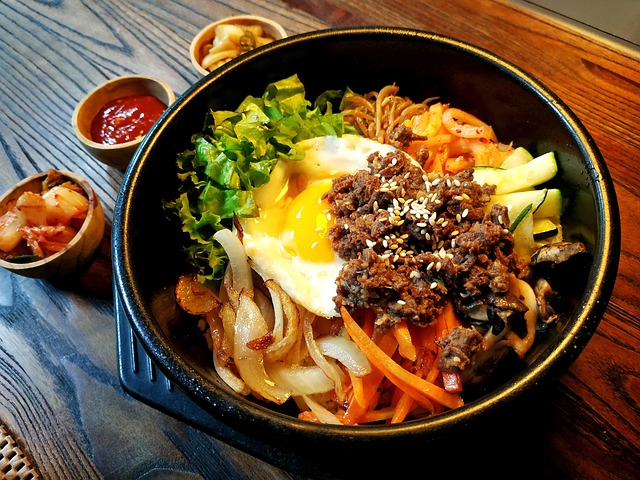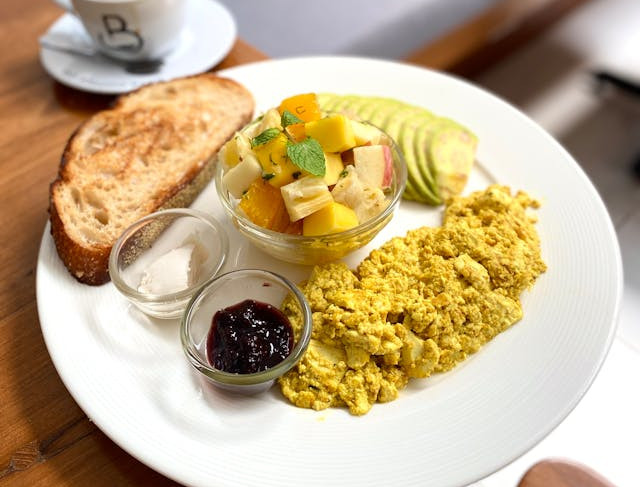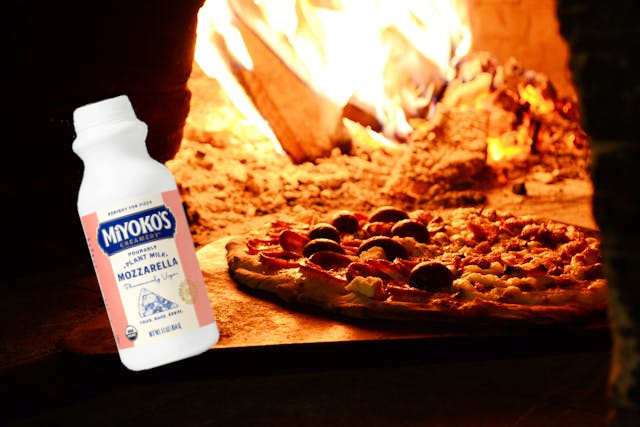
What’s in an Egg?
I was at the gym yesterday, when I looked up and saw a major news channel showing a segment about egg substitutes. And first off, I laughed so hard.
I know egg prices have got people at a rolling boil. And giving up on animal products rarely goes over easy.
I can seriously relate, because conquering eggs is a major milestone in vegan cooking. But also because I didn’t notice before, but eggs are freaking $7.69 a dozen where I live!? (see image above)
Since I’ve been vegan for over 4 years, my wife suggested that I write a post about this. That way you aren’t left scrambling for solutions once the eggpocolypse truly sets in.

Below I go into each part of what eggs bring to the table. And that’s essentially the problem: eggs serve multiple functions in recipes and there is no one replacement for all these roles.
That means you have to actually think about what the egg is accomplishing in a dish and use the right replacement. That basically why it’s hard.
But to spoil the surprise, there’s 5 major things going from most to least common:
And, I’ll include some recipes along the way for you to get started! There’s also a quick table at the bottom that summarizes everything if you need a cheatsheet.
Binding፨
Tons of recipes use egg as as a binder. This and lift are by far the most common uses. Some examples include meatballs, meatloaf, meringue’s, pies, and more.
This binding property comes from the egg whites, which coagulate when heated and bind things together.
The replacement here is flax meal. To make a “flax egg”, you add a tablespoon of flax meal to 3 tablespoons of water. Then wait for a couple minutes for it to become viscous. Then use exactly as you would an egg in the recipe.
You can scale this up to larger amounts to replace multiple eggs. Just make sure to mix thoroughly and wait so that it all hydrates.

Lift፨
The other most common thing eggs are used for is volume. Egg whites, especially when whipped, create a lot of lift in a recipe.
So, does going vegan mean you have to give up muffins, cakes, and pies for good? No!
Aquafaba is the liquid from a can of beans like chickpeas. And it turns out that it behaves the exact same way as egg whites, just with less protein.
According to America’s Test Kitchen, this effect is even stronger when combined with cream of tartar. But even without this addition, I’ve had great success replacing egg whites with aquafaba.
To replace egg whites, just use 3 tablespoons of aquafaba for 1 egg white. For recipes that call for liquid egg whites, you just use them as is. But they also whip to the same stiff peaks if that’s what you need.
To use up the chickpeas, put them on a salad for extra protein! You can also fry them up in a pan and add some seasoning like Slap Ya Mama for a tasty snack.

Fattiness፨
Egg yolks have a lot of saturated fat. This is a great boost for some recipes just for obvious reasons: fat tastes good. But this fattiness is also good for emulsification, hence aioli.
In these cases, you can typically replace egg with a neutral oil like olive oil. For example, olive oil works great for home-made mayonnaise, aioli, salad dressing, and more.
But other times, the egg is more of a fatty topping for a dish. For example, bibimbap just isn’t the same with that burst of fattiness from the over easy egg yolk. Avocado can work well as a substitute for this, though you lose the liquid aspect.

Color፨
Eggs are yellow - or at least the yolks are. And sometimes this is important in recipes. For example, some potato salads wouldn’t be the same without that distinctive yellow color. But an even better example is scrambled eggs.
For this, turmeric is the solution. Usually, it doesn’t interfere with the taste because it’s subtle earthiness goes with a lot.
Check out my tofu scramble recipe here for more details.

Browning፨
An egg wash can turn anything that perfect golden brown color. For example, adding a dab of egg wash on pizza crust makes it look amazing.
Luckily, vegan butter (ie. margarine) works for this too.
And I’d also like to take this opportunity to shill Miyoko’s Vegan Mozzarella. This is one of the few vegan cheese that I actually like. And it is 100% the answer for vegan pizza. They hit the tanginess perfectly without tasting artificial.
Whatever Mod Pizza uses for vegan mozzarella shreds is also good, though.

Other፨
Mashed banana or applesauce, chia seed, silken tofu, apple cider vinegar, and various powders/flours (cornstarch, agar agar, arrow root powder, potato flour, etc) are sometimes recommended as egg replacements in specific recipes.
I’ve never had to try any of these. But they could work better in a specific recipe. One example is silken tofu for cheesecake. But there, the tofu is really serving double duty alongside cashews as both the egg and cheese.
But that kind of underlines the point. For 90% of recipes, you can stick with oil, flax meal + water, and aquafaba.
Conclusion፨
Don’t fear the eggman! Think about your recipe. And try to fit it into one of the categories: binding, lift, or fattiness. There’s also color and browning, but usually it’s one of the first three.
Then, pick the right one out of the trifecta of flax meal, aquafaba, and oil. These 3 all have neutral flavor and serve the same role as an egg.
| Role | Replacement | Amount for 1 Egg |
|---|---|---|
| Binding | Flax Meal | 1tbsp Flax + 3tbsp Water |
| Lift | Aquafaba | 3tbsp |
| Fat | Oil, Avocado | YOLO Just go for it |
| Color | Turmuric | 2tbsp |
| Browning | (Vegan) Butter | Eyeball it, I believe in you |
So now you know! If you don’t chicken out, egg substitutes work great and now they can save some money, too.
